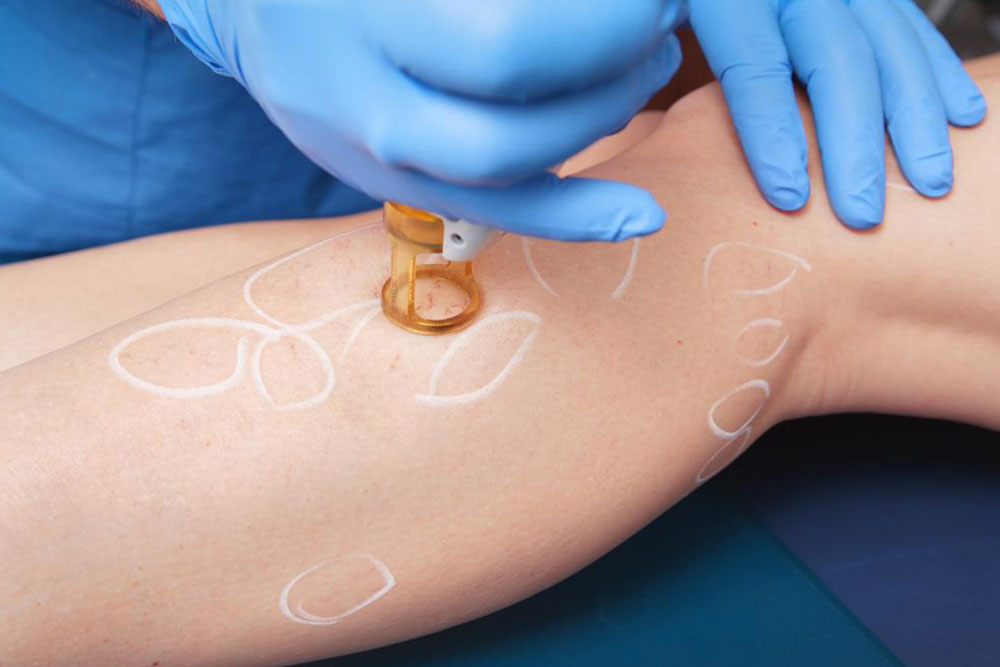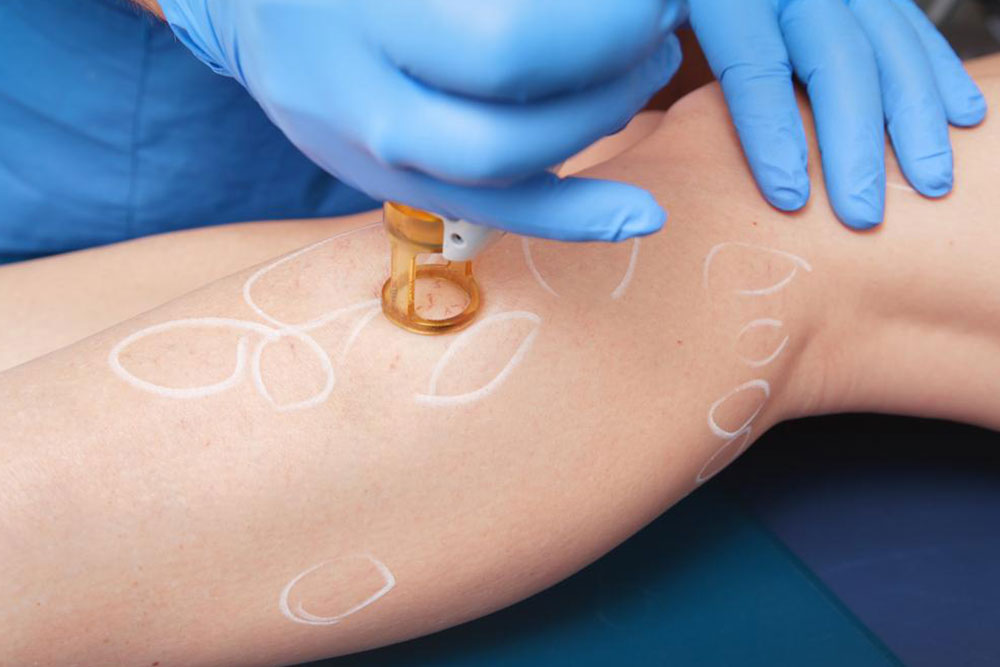Comprehensive Guide to Skin Abscesses: Causes, Symptoms, Prevention, and Care
This comprehensive article delves into skin abscesses, exploring their causes, symptoms, prevention methods, and various treatment options. It emphasizes the importance of early diagnosis and professional medical care, especially for persistent or severe cases. By understanding how bacterial infections lead to abscess formation and adopting good hygiene practices, individuals can significantly reduce their risk. The article also highlights when to seek medical attention and provides practical tips for home care, making it a valuable resource for those looking to manage or prevent skin abscesses effectively.

Understanding Skin Abscesses: Causes, Symptoms, Prevention, and Treatment Options
Introduction to Skin Abscesses: What You Need to Know
Skin abscesses are a common yet potentially serious medical condition characterized by localized collections of pus resulting from bacterial infections. These infections can occur anywhere on the body but are most frequently found on the chest, back, buttocks, face, and sometimes in hairy regions like the armpits. Recognizing the signs and understanding the causes of skin abscesses are crucial for effective treatment and prevention. This in-depth guide aims to provide detailed insights into what causes skin abscesses, how they present, ways to prevent them, and available treatment options to ensure proper care and recovery.
What Is a Skin Abscess?
A skin abscess is essentially a pocket of pus that develops beneath the skin or on its surface. The accumulation of pus results from the body's immune response to bacterial invasion, most commonly caused by bacteria such as Staphylococcus aureus. These bacteria can enter the body through minor cuts, insect bites, or skin abrasions, especially in areas prone to friction or moisture. The abscess appears as a swollen, tender bump that may be filled with pus or fluid, often accompanied by redness and warmth around the affected area.
Understanding the formation of abscesses helps in recognizing the early signs and seeking appropriate medical attention. If left untreated, abscesses can enlarge, rupture, and lead to further complications, including spreading of infection to nearby tissues or bloodstream.
Causes of Skin Abscesses
The primary cause of skin abscesses is bacterial infection, with Staphylococcus aureus being the most common culprit. This bacterium naturally resides on the skin or inside the nose but can cause infections when it breaches the skin barrier. Several factors increase the risk of abscess formation:
Skin cuts, punctures, or abrasions
Insect bites or stings
Poor hygiene or inadequate wound care
Chronic skin conditions like acne or eczema
Weakened immune system due to illnesses such as diabetes or HIV
Use of intravenous drugs or shared needles
Friction from tight clothing or skin folds
Living in crowded or unsanitary conditions
While bacteria are the main cause, fungi and other microorganisms can occasionally lead to abscesses, especially in immunocompromised individuals.
Symptoms and Diagnosis
The hallmark symptoms of a skin abscess include a swollen, painful bump that is often warm to the touch. The bump may fill with pus, giving it a whitish or yellowish appearance. Additional symptoms may include:
Redness and inflammation around the affected area
Tenderness and pain that worsens with pressure
Fever and chills in more severe cases
Feeling generally unwell or fatigued
In some cases, the abscess may drain spontaneously, releasing pus and relieving pain
Diagnosis primarily involves physical examination, where a healthcare provider assesses the size, location, and severity of the abscess. In uncertain cases, imaging techniques such as ultrasound or MRI may be used to evaluate the extent of infection. Laboratory tests, including pus cultures, help identify the causative bacteria, guiding targeted antibiotic therapy.
Treatment Options for Skin Abscesses
Most skin abscesses require professional medical intervention, especially when they enlarge, persist beyond two weeks, or cause significant discomfort. The primary treatment involves drainage, which involves making a small incision to allow the pus to escape. This procedure is typically performed under local anesthesia in a clinical setting.
Drainage: The doctor carefully incises the abscess and removes pus, bacteria, and necrotic tissue. Proper wound care following drainage is essential for healing and preventing recurrence.
Antibiotic Therapy: Antibiotics are prescribed in cases where the infection has spread or in individuals with compromised immune systems. The choice of antibiotics depends on the bacteria identified through culture tests.
Pain Management: Over-the-counter pain relievers such as acetaminophen or NSAIDs can help alleviate discomfort during treatment.
Home Care: Warm compresses applied to the area can promote drainage and reduce swelling. Keeping the affected area clean and covered helps prevent further infection.
For small, superficial abscesses, warm compresses and diligent wound care may suffice. However, larger or multiple abscesses require prompt medical attention and possibly hospitalization, especially if the infection is severe or recurrent.
Prevention Strategies
Preventing skin abscesses involves maintaining good hygiene practices and taking proactive steps to minimize risk factors:
Regular handwashing with soap and water
Avoid sharing personal items such as towels, razors, or clothing
Proper wound cleaning and dressing after cuts or injuries
Managing chronic skin conditions effectively
Keeping skin dry and clean, especially in humid environments
Wearing loose, breathable clothing to reduce friction
Addressing underlying health issues like diabetes to improve immune response
Routine skin checks and prompt treatment of minor skin issues can prevent the development of abscesses. For individuals at higher risk, regular medical consultations are recommended for early detection and management.
When to Seek Medical Attention
While small abscesses may sometimes be managed at home, it is crucial to seek medical help if:
The abscess is large, painful, or worsening
Signs of systemic infection such as fever, chills, or malaise develop
The abscess persists beyond two weeks or recurs frequently
There is spreading redness around the area
Other symptoms like swollen lymph nodes or fatigue occur
Early intervention can prevent complications, including systemic infection or tissue damage. Always follow your healthcare provider’s advice for proper care and recovery.
Conclusion
Skin abscesses are common but manageable infections when diagnosed early and treated appropriately. Understanding their causes, symptoms, and prevention techniques enables individuals to seek timely care and reduce the chances of complications. Maintaining good personal hygiene, avoiding sharing personal items, and seeking medical attention for persistent or severe abscesses are key strategies in managing this condition effectively. If you suspect a skin abscess, consult a healthcare professional promptly to ensure proper treatment and swift recovery.





